Prepare to gaze at the sky with great attention, as two astronomical phenomena are on their way: the Sturgeon Moon and the peak activity of the Perseid meteor shower.
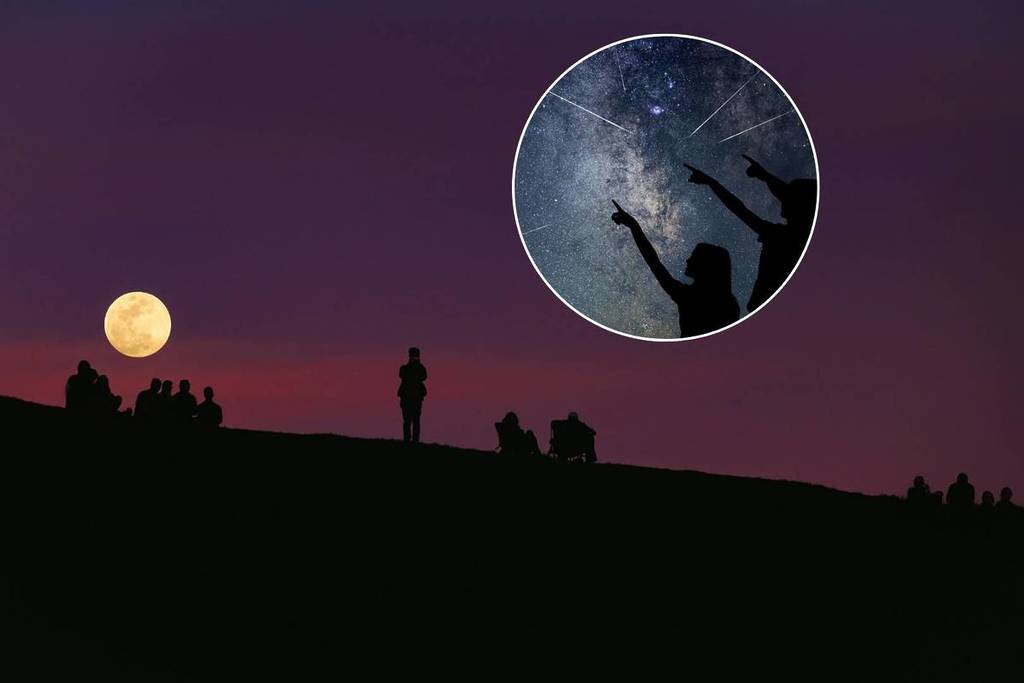
With the arrival of August, many Portuguese are already enjoying a well-deserved vacation, increasing the desire to engage in outdoor activities. But how about taking the opportunity to contemplate astronomical phenomena?
This year, the Sturgeon Moon will shine most intensely on the night of August 8 to 9, a special moment for those who enjoy observing the skies and/or taking photographs. However, this is not the only event to pay attention to.
What is the origin of this Full Moon's name?
According to the Starwalk site, the name Sturgeon Moon (Sturgeon Moon, in English) was given by Native American tribes who lived around the Great Lakes. For many natives, this was the preferred time of year to fish for sturgeon — a large freshwater fish; hence the origin of this name.
When is the next Sturgeon Moon?
According to the same source, in 2026, the Sturgeon Moon will shine on August 28. However, next month, you can contemplate another special moment with the Corn Moon, on September 7.
Peak of the Perseid meteor shower
The Perseids are one of the most popular meteor showers, due to their high intensity, with up to 100 meteors per hour during their peak. And the best part is that the peak of their activity is expected on the night of August 12 to 13.
However, although the proximity of a full moon and a meteor shower seems like the perfect combination, the truth is a little different. This is because, at the peak of the Perseids, the Moon will be more than 90% illuminated, a scenario that will affect the visibility of the faintest meteors.

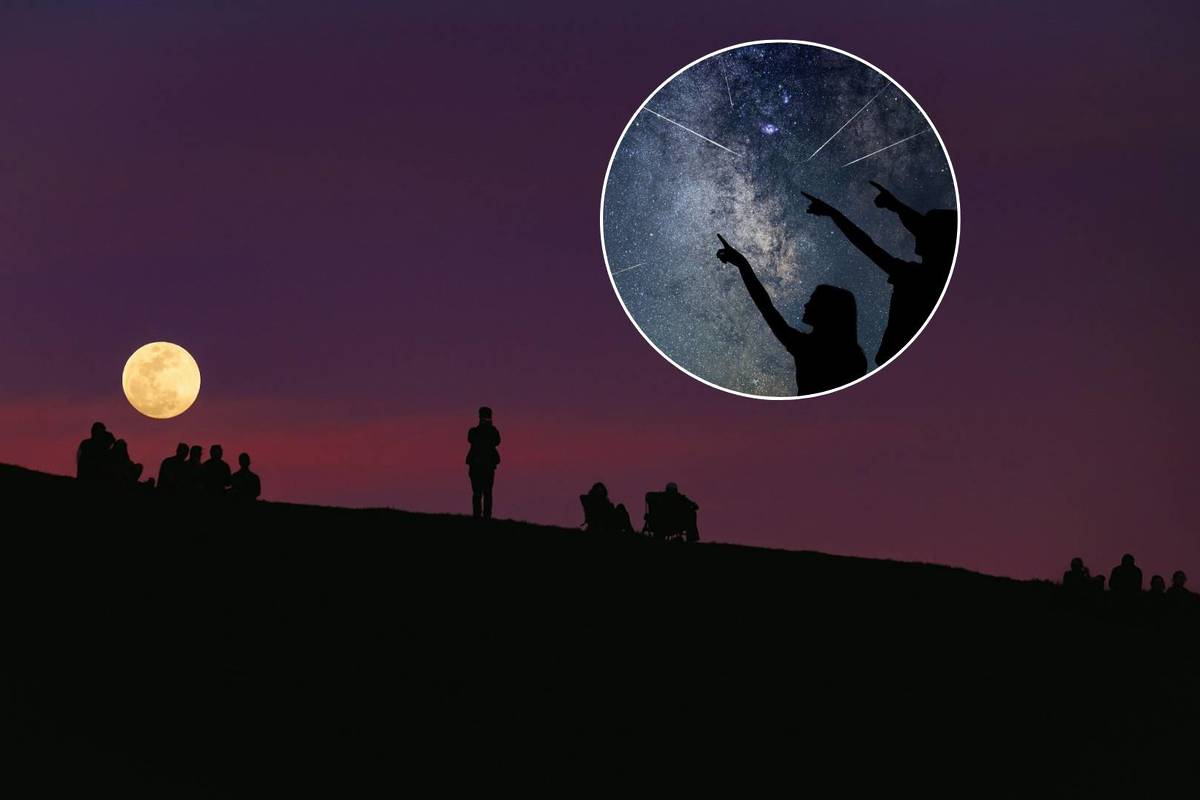







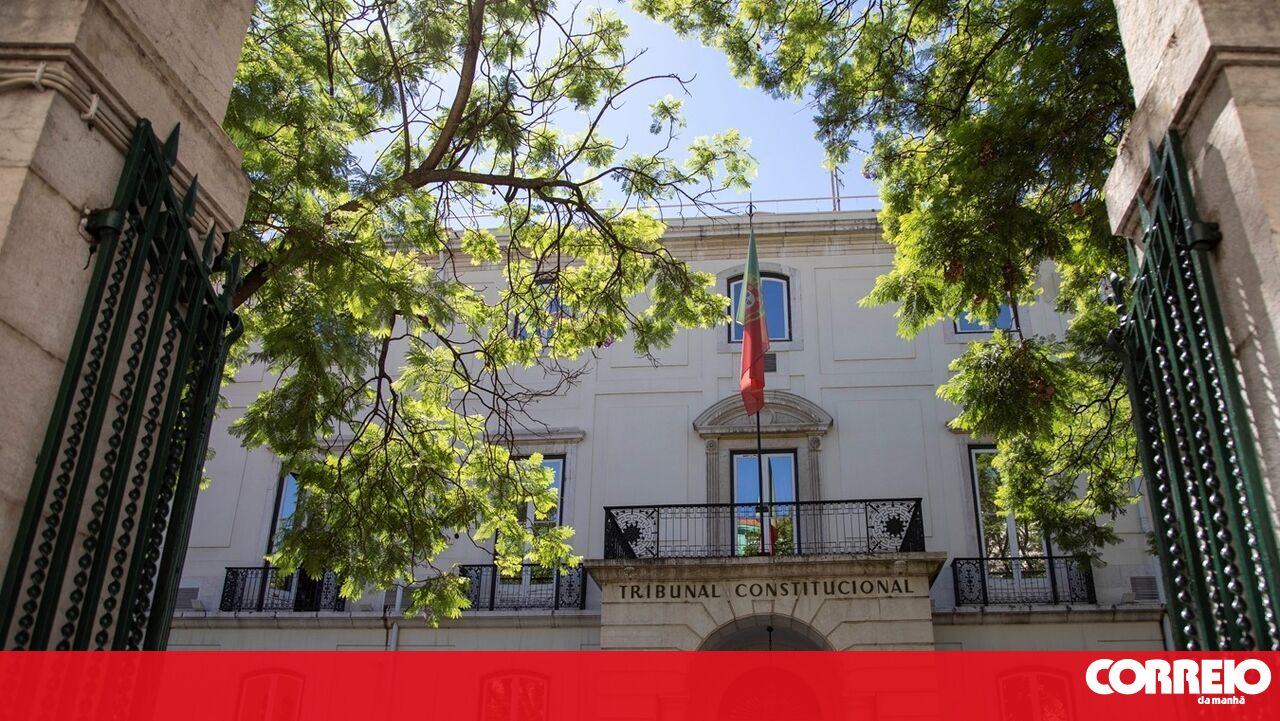
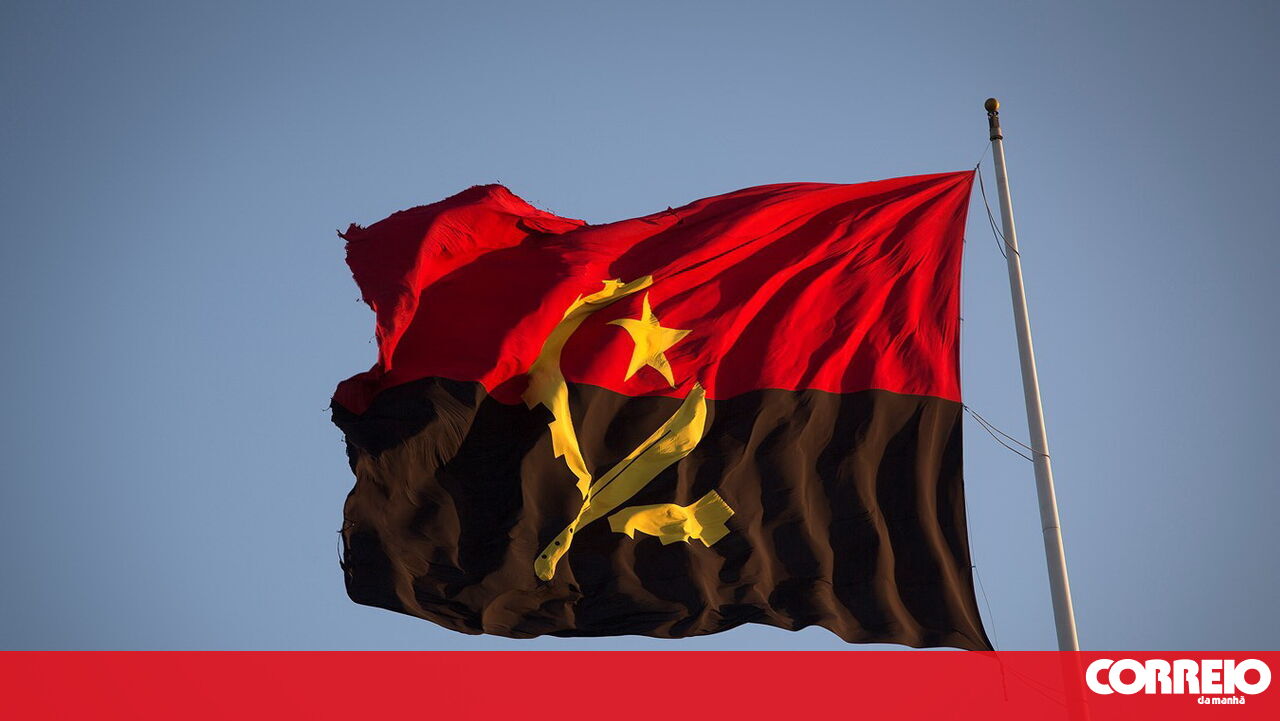
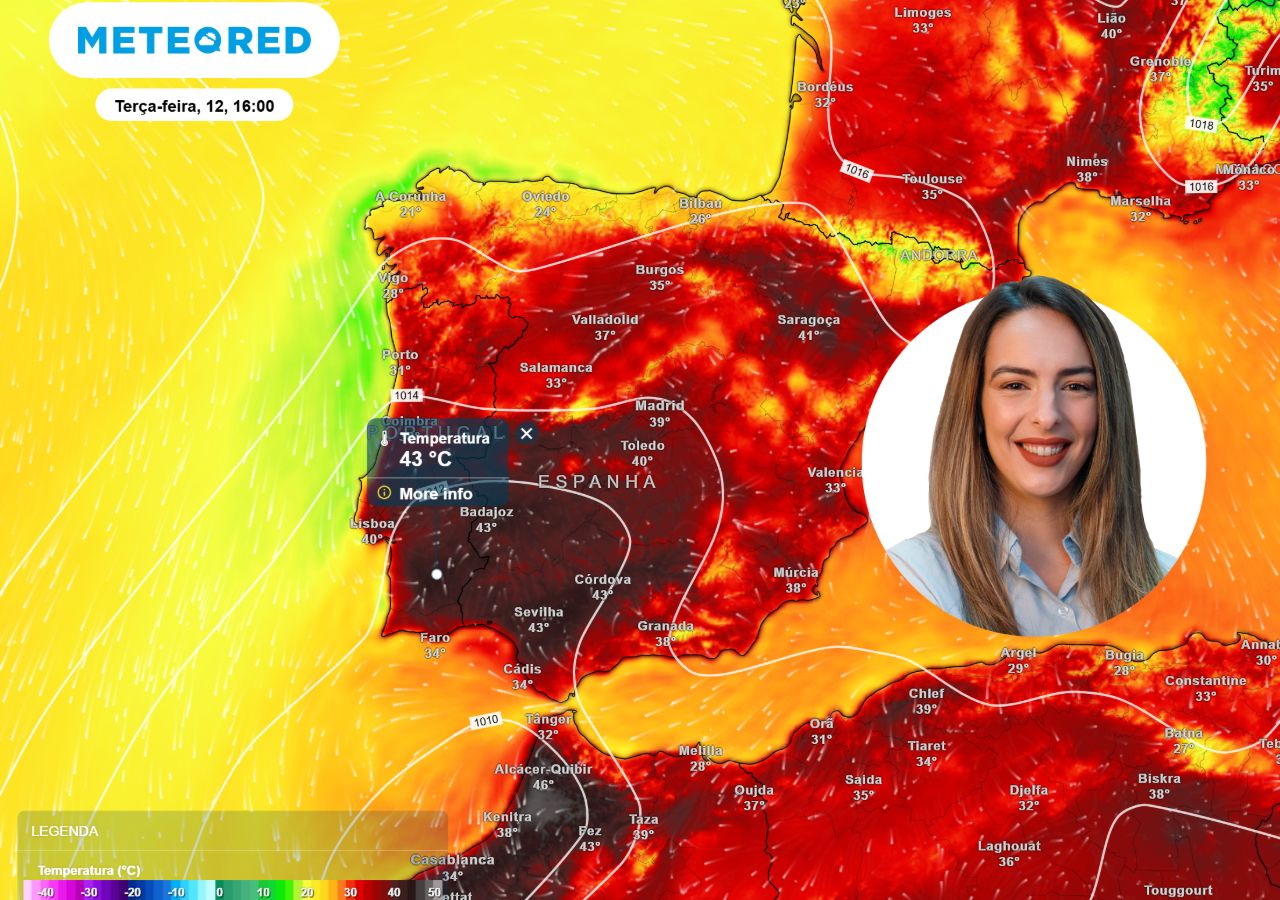
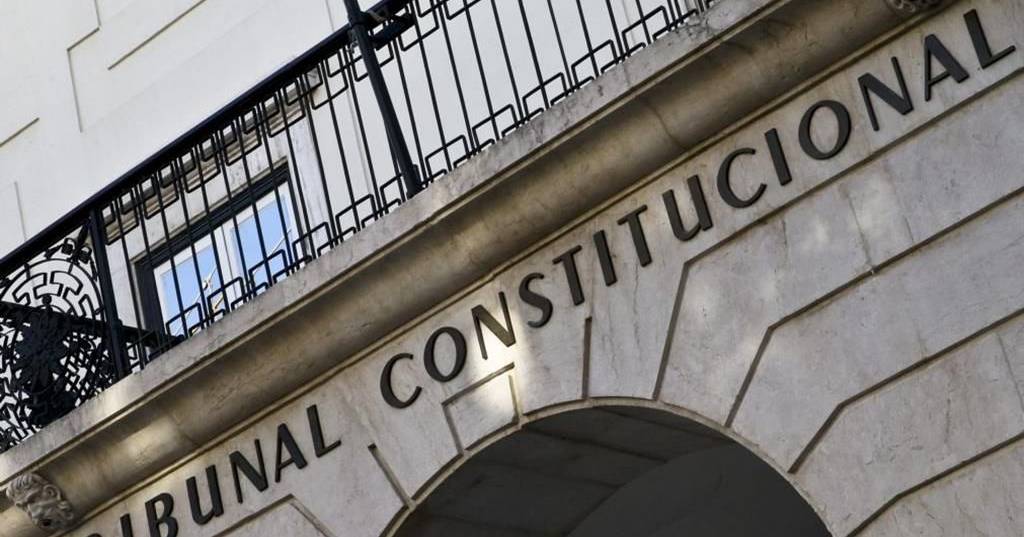
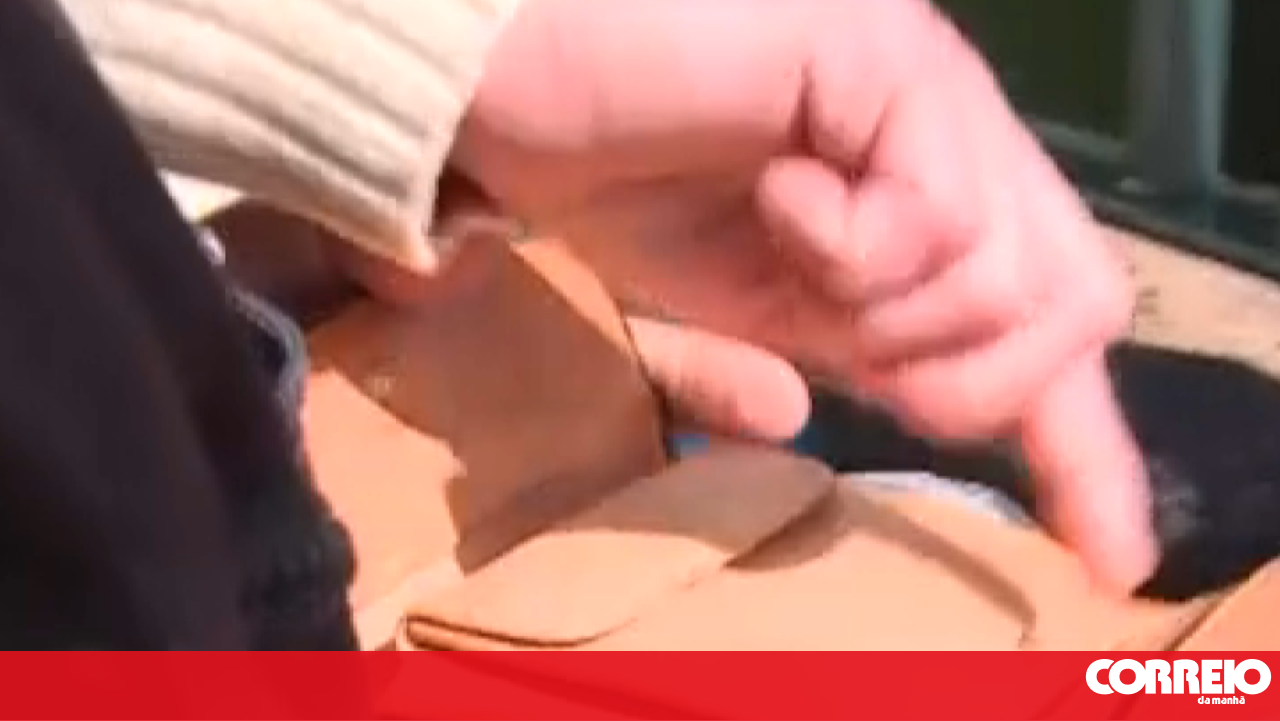
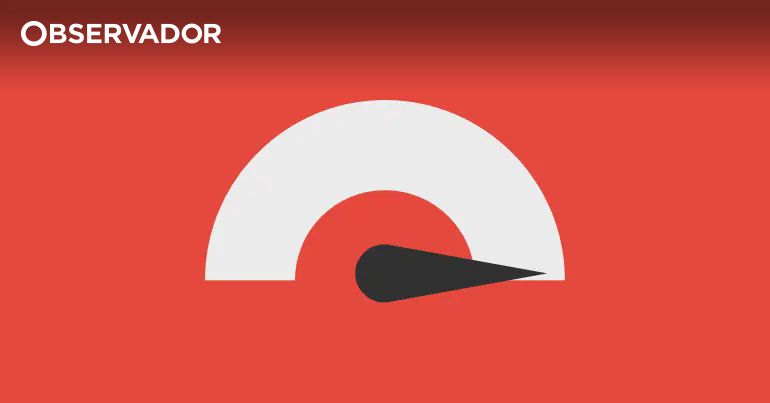

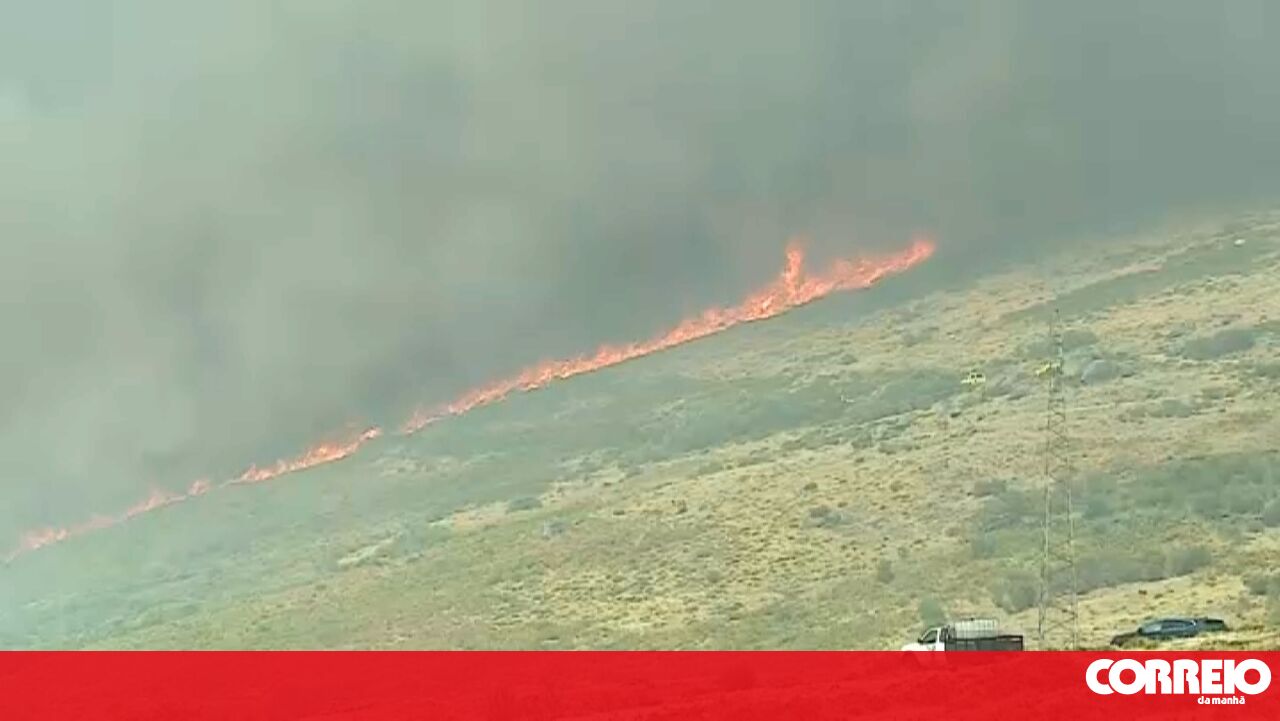







Comments
Join Our Community
Sign up to share your thoughts, engage with others, and become part of our growing community.
No comments yet
Be the first to share your thoughts and start the conversation!